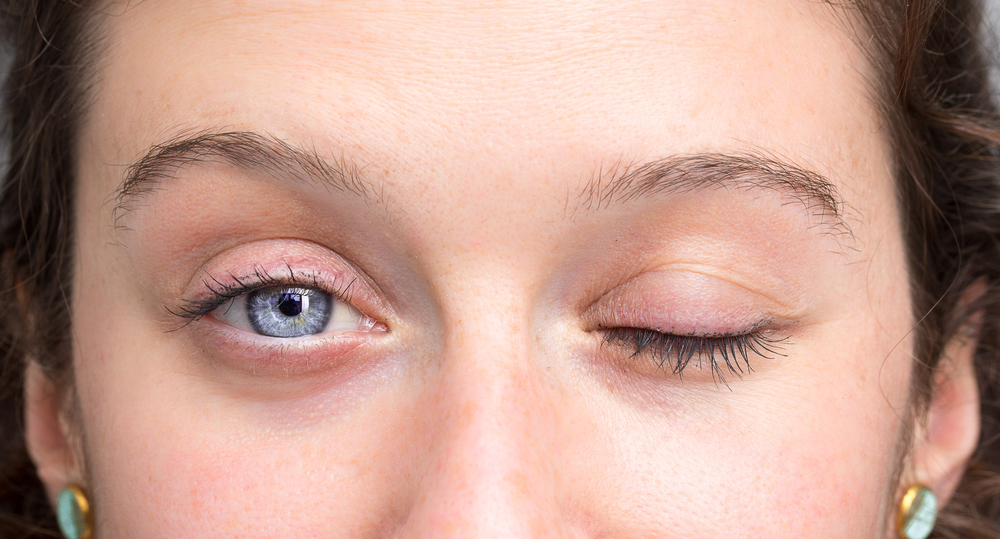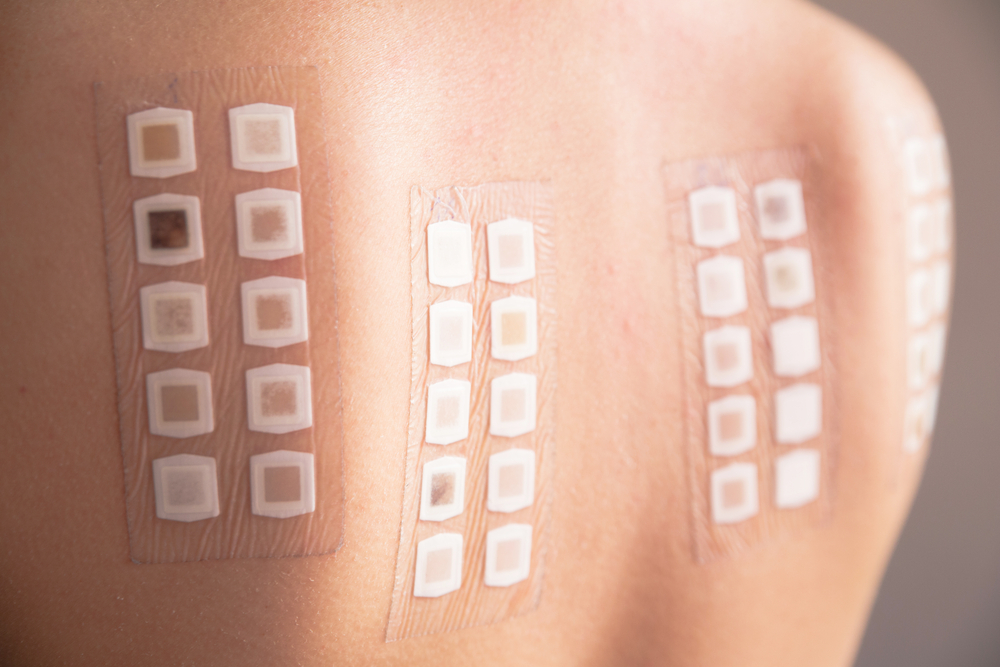- Treacher Collins Syndrome is not necessarily a hereditary condition.
- Complications include hearing and vision loss.
- Researchers are working on a way to prevent the condition.
What is Treacher Collins Syndrome?
Treacher Collins Syndrome is a medical disorder caused by a genetic mutation, but it’s not necessarily hereditary. It will affect approximately 1 in every 50,000 babies.
There is usually no way to tell whether a child has the syndrome until it is born. Treacher Collins Syndrome presents in the head and face. It is possible to achieve an early diagnosis via ultrasound if certain features are detected, but this is not often done. This is more likely to occur in cases where the child has a parent with Treacher Collins Syndrome and there is therefore clinical suspicion of the condition.
Physicians don’t diagnose people with Treacher Collins Syndrome based on these features alone. They frequently follow up their diagnosis with CT scans and X-rays. These tests allow them to confirm the presence and extent of these features. This is especially necessary in cases where the condition is mild. For a fully confirmed diagnosis, individuals can get molecular genetic testing done.
What causes Treacher Collins Syndrome?
In most cases, Treacher Collins occurs as a result of a genetic mutation during fetal development on a chromosome responsible for facial development. If a baby has an affected parent, it is more likely that they would inherit the already mutated gene from their parent.
If someone with Treacher Collins Syndrome has a baby, their child has a 50% chance of being born with the syndrome, which is much higher compared to the .002% chance that babies with no affected parents have.
However, it’s important to note that there is still a chance. In fact, in only 40% of reported cases was there an affected parent. That means 60% of individuals with Treacher Collins Syndrome developed the condition at random instead of inheriting it.
What are the signs and symptoms?
Affected Individuals often develop similar physical characteristics, which can act as a sign for physicians looking to diagnose the disease. All of the following features are the direct result of underdeveloped facial bones.
- Eyes – They tend to slant downward on the outside. The lower eyelids are often “notched,” meaning they have small holes or abnormalities that affect their shape. They also frequently have missing or sparse eyelashes.
- Jaw – The lower jaw is underdeveloped, resulting in a small jaw that may slant to one side. In more severe cases, this can lead to a retracted tongue and misalignment of the teeth.
- Cheekbones – These too may be underdeveloped or missing entirely, giving the face a sunken appearance. This combined with the underdeveloped jaw bone may lead to a notably narrow face.
- Ears – These may be so underdeveloped as to be virtually nonexistent. However, in some cases, they may be overly prominent, sticking out from the head.
- Nose and Mouth – The sinuses may be underdeveloped or missing altogether. Cleft palate is common in more severe cases.
- Hair – Hair may grow further forward than usual, overgrowing the side burn area toward the cheek.
Depending on the individual and the severity of their condition, they could develop several or very few of these features.
What are the complications?
We’ve already mentioned that many with the condition experience whole or partial hearing loss due to malformations in the outer ear, middle ear, and ear canal. However, this is not the only serious complication that can arise from Treacher Collins Syndrome.
Malformations of the eye can lead to dry eyes, frequent infections, and other complications. In severe cases, the condition can lead indirectly to partial or complete blindness. Plastic surgery can help with eye abnormalities. Medications and eye drops can help with dry eyes.
In some of the most severe cases, individuals may experience breathing problems. In rare cases, the condition leads to an underdeveloped pharynx, which in turn leads to a dangerously narrow airway and life-threatening respiratory problems. In these cases, a trache may be used to aid breathing. In less severe cases, narrowed airways could result in sleep apnea.
Affected people have normal intelligence
Many people have a tendency to assume that congenital facial disfigurement is accompanied by a mental disability. However, that is not the case.
Admittedly, Treacher Collins Syndrome may result in a mild developmental delay, but any delay is likely to even out in a short period of time. These delays are often the result of conductive hearing loss, a common concern among those with the condition. Hearing loss leads to language and speech delays. Speech delays may be exacerbated by the presence of a cleft palate.
Speech delays can be treated through formal speech therapy and addressing the underlying issues. Hearing loss results from malformations in the ear and occurs in about half of people with the condition. External or implanted hearing aids are often used to treat the hearing loss, while plastic surgery can be performed on cleft palates to aid in speech development.
Treacher Collins Syndrome and plastic surgery
Plastic surgery provides medical and cosmetic benefits for those with Treacher Collins Syndrome, such as correcting cleft palates, which can aid with language development. However the benefits of plastic surgery for affected children doesn’t stop there.
Plastic surgery on the jaw is common for cosmetic reasons, but it can also help facilitate removal of a trache that was used in early childhood to aid with breathing. As time goes on, plastic and reconstructive surgery on the cheeks, ears, and eyes can help boost confidence.
Plastic surgery in children with the condition is tricky as facial bones continue to grow through to about 18 years of age. There are recommended ages for considering different types of surgeries with the understanding that further surgeries may be necessary in adulthood.
Can Treacher Collins Syndrome be prevented?
Plastic surgery, hearing aids, and other technologies can do wonders for those with Treacher Collins Syndrome. However, these aren’t cures for the condition. Currently, there is no way to prevent or completely cure Treacher Collins Syndrome.
The treatments that do exist focus on the specifics of each individual’s case. Reconstructive surgeons and other medical professionals seek to address the symptoms rather than the root cause of the condition.
Currently, researchers are looking into preventative measures. They’ve identified a protein called p53, which is overly active in individuals with Treacher Collins Syndrome. This protein works to kill off unwanted cells. If overactive, it may kill off too many cells, leading to the cranial developmental deficiencies associated with the condition.
While the condition is still nearly impossible to diagnose pre birth, identifying this overactive protein may be a way to anticipate the development of the condition. Researchers are hoping to inhibit this overactivity through various therapeutic treatments, including stem cells and the use of dietary supplements to boost antioxidants in the body. These would be used to prevent the development of Treacher Collins Syndrome in fetuses.
» Learn more about Treacher Collins Syndrome by asking a doctor on our forum.









